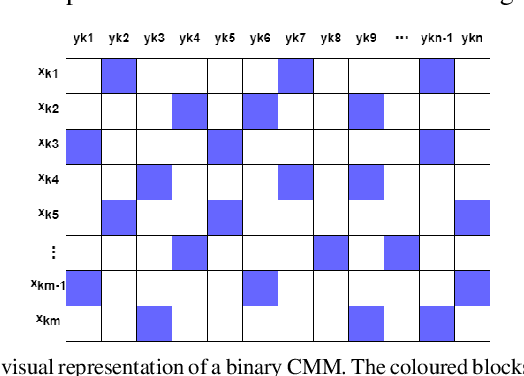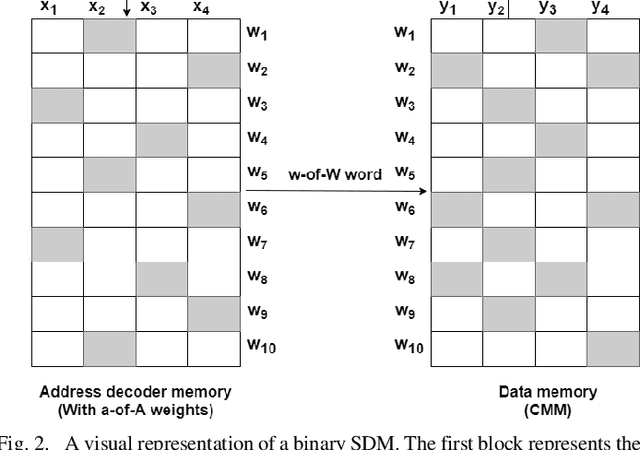Rohan Deepak Ajwani
Plug and Play with Prompts: A Prompt Tuning Approach for Controlling Text Generation
Apr 08, 2024Abstract:Transformer-based Large Language Models (LLMs) have shown exceptional language generation capabilities in response to text-based prompts. However, controlling the direction of generation via textual prompts has been challenging, especially with smaller models. In this work, we explore the use of Prompt Tuning to achieve controlled language generation. Generated text is steered using prompt embeddings, which are trained using a small language model, used as a discriminator. Moreover, we demonstrate that these prompt embeddings can be trained with a very small dataset, with as low as a few hundred training examples. Our method thus offers a data and parameter efficient solution towards controlling language model outputs. We carry out extensive evaluation on four datasets: SST-5 and Yelp (sentiment analysis), GYAFC (formality) and JIGSAW (toxic language). Finally, we demonstrate the efficacy of our method towards mitigating harmful, toxic, and biased text generated by language models.
* 9 pages, 3 figures, Presented at Deployable AI Workshop at AAAI-2024
Sparse Distributed Memory using Spiking Neural Networks on Nengo
Sep 07, 2021



Abstract:We present a Spiking Neural Network (SNN) based Sparse Distributed Memory (SDM) implemented on the Nengo framework. We have based our work on previous work by Furber et al, 2004, implementing SDM using N-of-M codes. As an integral part of the SDM design, we have implemented Correlation Matrix Memory (CMM) using SNN on Nengo. Our SNN implementation uses Leaky Integrate and Fire (LIF) spiking neuron models on Nengo. Our objective is to understand how well SNN-based SDMs perform in comparison to conventional SDMs. Towards this, we have simulated both conventional and SNN-based SDM and CMM on Nengo. We observe that SNN-based models perform similarly as the conventional ones. In order to evaluate the performance of different SNNs, we repeated the experiment using Adaptive-LIF, Spiking Rectified Linear Unit, and Izhikevich models and obtained similar results. We conclude that it is indeed feasible to develop some types of associative memories using spiking neurons whose memory capacity and other features are similar to the performance without SNNs. Finally we have implemented an application where MNIST images, encoded with N-of-M codes, are associated with their labels and stored in the SNN-based SDM.
 Add to Chrome
Add to Chrome Add to Firefox
Add to Firefox Add to Edge
Add to Edge